Empire line: all roads lead to Rome for Studio Formafantasma’s new work
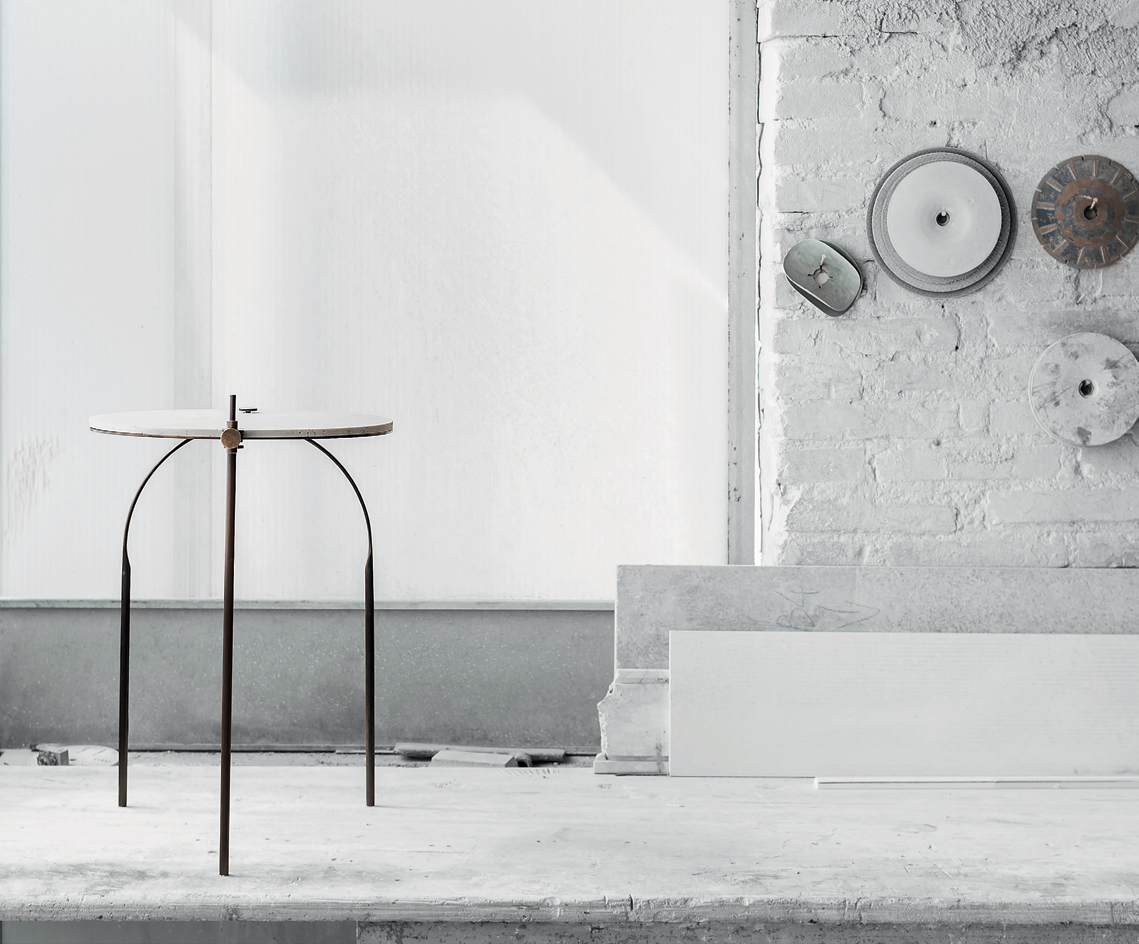
When it came to designing a new collection for Rome’s Galleria O, Andrea Trimarchi and Simone Farresin returned to their native Italy as wide-eyed sightseers. ‘We visited literally every archeological site and museum in Rome,’ laughs the 35-year-old, Veneto-born Farresin, who is one half of the Netherlands-based duo known as Studio Formafantasma. ‘We rented bikes and did exactly what the tourists do.’
While most tourists might return home with a couple of selfies after a few days of site-bingeing at the Forum, the Coliseum and everything in-between, Trimarchi and Farresin came back to their studio in Amsterdam armed with a 20-piece design collection, including coffee tables, a bookshelf, a cabinet, bowls, tabletop objects and lamps that were inspired by Rome and produced by the city’s specialised artisans. The duo, who first met at the Istituto Superiore per le Industrie Artistiche in Florence and later attended the prestigious Design Academy Eindhoven together, likened the Rome project to a ‘student semester abroad’ and see it as a return to their Italian roots. ‘When you grow up in Italy, you’re surrounded by all these museums,’ says 32-year-old Trimarchi, who hails from Sicily. ‘But you’re bored by it and don’t realise its value. So we had the opportunity to rediscover our past.’
Commissioned by Galleria O’s Roberto Giustini and Emanuela Nobile Mino, and curated by the MAXXI museum’s Domitilla Dardi, the Delta collection is the latest installment of Privato Romano Interno, a Galleria O initiative that invites international creatives to design objects linked with Rome that are then produced by the city’s craftsmen. The initiative debuted with the Campana Brothers’ Brazilian Baroque collection in 2011. Konstantin Grcic was tapped next and has been toiling for the last three years on a cement installation in a deserted garage in Rome, set to debut later this autumn. In the meantime, the Formafantasma boys came down to Rome and got their collection up and running in a year.
‘We’ve been following Andrea and Simone since 2012, when we first saw their [Craftica] project with Fendi at Design Miami/Basel,’ says Nobile Mino, curator of Privato Romano Interno. ‘We were very interested in their research. They are very focused on materials and a high level of artisan work.’
Trimarchi and Farresin are indeed maniacs for materials and the very specific choice of medium is a laborious process that normally presents a jumping-off point for an entire collection. Once they settle on a material, the designers spend months tinkering and experimenting with it, until its conventional form and function have been erased and recast. Such dissection has resulted in a superb and unusual body of work, including last year’s De Natura Fossilium collection (W*182), in which volcanic rock from Mount Etna was transformed into, among other things, coloured glass on sleek tables and stools. In the past, the pair have created vases from a biomaterial based on the bread used in Sicilian religious festivals, and a collection of vases and bowls made from polymers they developed themselves using plant and animal derivatives. The Rome project, however, presented a departure from their typical working process. Here, they began with the city itself. They became obsessed with the glory of ancient imperial Rome and the sobriety of the Fascist-era rationalist architecture that occurred 1,500 years later. ‘We found amazing ceramics and jewellery [from ancient Rome],’ says Trimarchi. ‘We couldn’t even imagine how skilled the Romans were or how they produced these pieces 200 years before Christ!’
The Delta collection’s small objects, including vessels to pour oil and vinegar, seem pulled right from the elegant banquet tables of an ancient Roman villa. But the designers have given the handles knife-sharp straight lines and produced them in delicate porcelain in minimal black, white, grey and red (a notoriously difficult shade to get right in porcelain), rather than earthy terracotta. They also got rid of the rounded bottoms ubiquitous on ancient upper-class earthenware designs – they had servants to hold and pour them – and made modern objects to stand alone.
The city’s rationalist architecture, including the magnificent Accademia di Scherma, designed by Luigi Moretti in 1934, provided the cue for the collection’s rigorous lines and elegant simplicity, while local craftsmen obliged in the production. ‘They’re all small artisans who were working separately,’ says Trimarchi of the network they used. ‘But now they’re all collaborating together and loving it. That’s the great part about our job – engaging with people, artisans in general, and Italians in particular.’
The designers largely employed materials endemic to Rome. Bronze was used on spider-thin table legs; malachite stone features as a huge lime-sized screw on table frames; while travertine was used for the tops. ‘Rome is basically covered in travertine,’ explains Farresin. ‘A lot of people grow up hating it. But I think it’s beautiful – the fantastic light you find in Rome is from the sun reflecting off its surface.’
Travertine was also used for lighting design, a field the designers embraced for the first time. Composed of a travertine disc with a silver slit and a matching LED disk, one lamp looks like a lunar eclipse suspended on wire cables. Another design, inspired by a Roman helmet, recalls an abstract Brâncuși sculpture.
‘It’s the first collection that is really design-y,’ remarks Trimarchi, explaining that the duo focused on controlling form and shape, rather than working on the production process.
‘Every designer has their realm,’ adds Farresin. ‘Patricia Urquiola is all about couches. We have always been about tableware. We do like objects. We think you need to design tools, things that last a long time. But we also like expanding a bit.’
As originally featured in the October 2015 issue of Wallpaper* (*199)
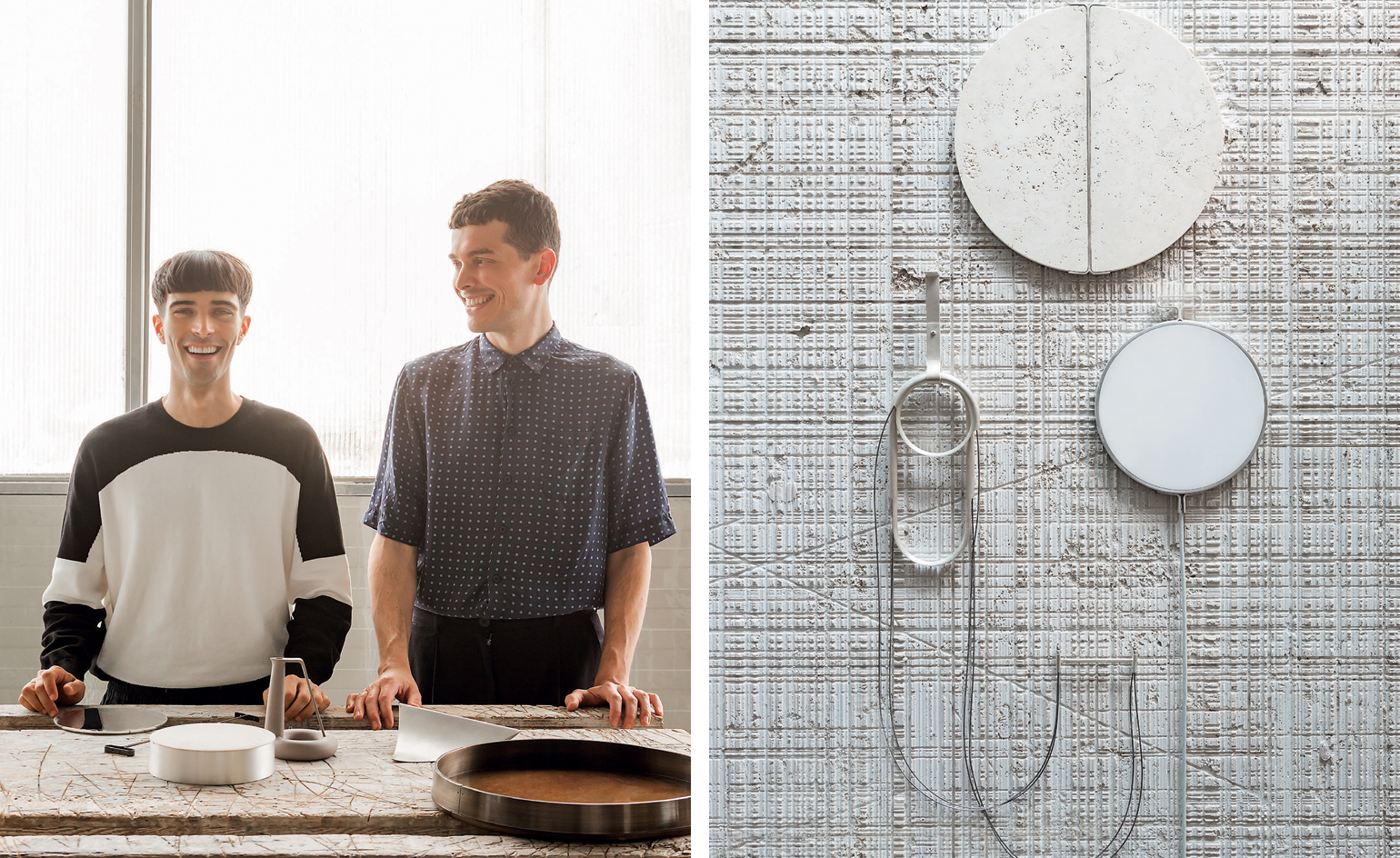
Pictured left: designers Andrea Trimarchi and Simone Farresin with pieces from the 'Delta' collection, in the workshop of TuttoMarmo, the Roman marble specialist that helped produce them. Right: the travertine and silver components of the 'Delta II' lamp, one of Studio Formafantasma's first lighting designs, ready to be assembled
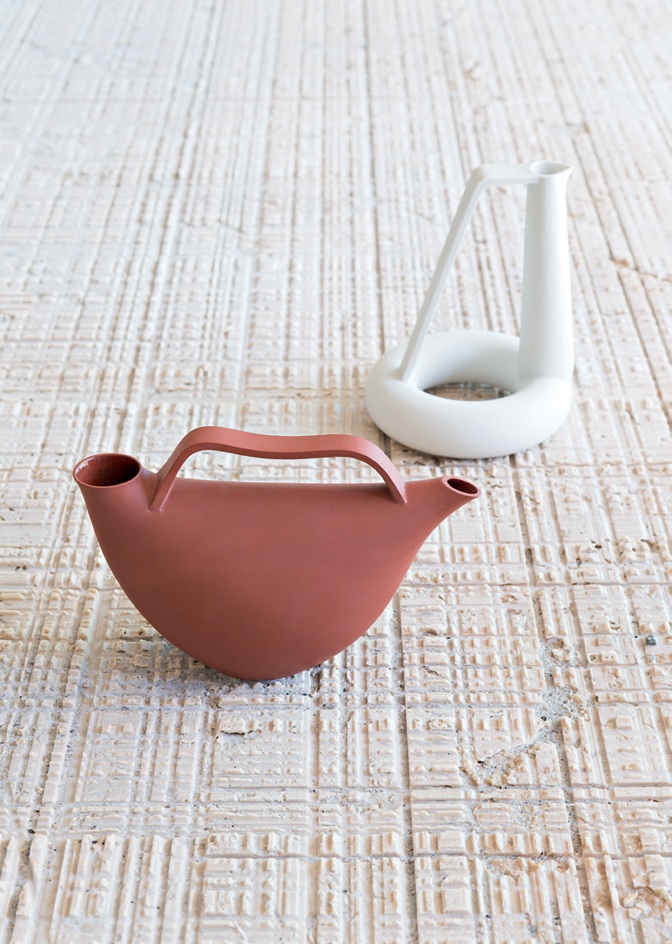
The project also includes tableware, such as the 'Delta I' oil and vinegar pourers in unglazed porcelain
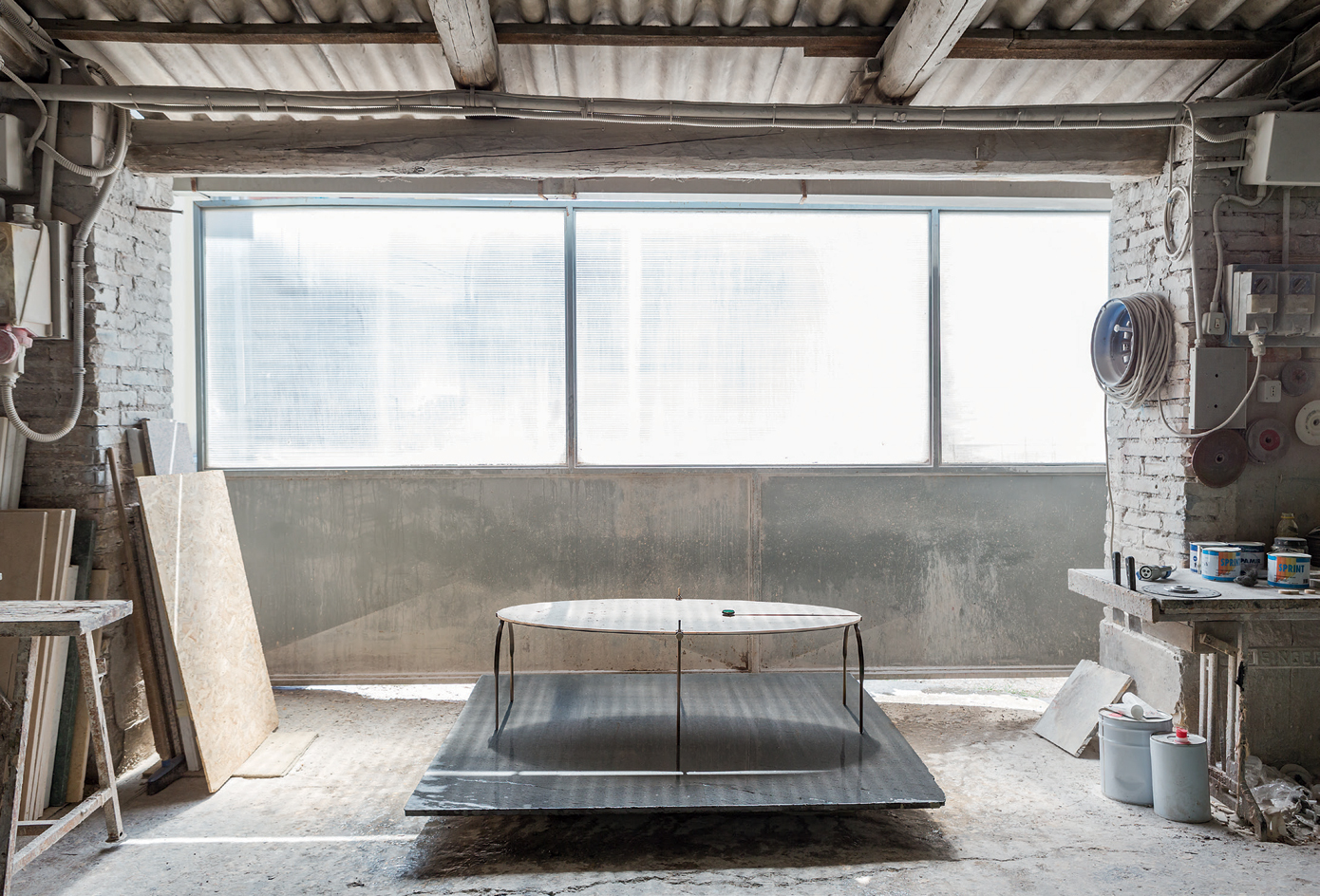
'Delta VIII' coffee table in travertine, scorched brass and malachite, in the TuttoMarmo workshop
INFORMATION
'Delta' by Studio Formafantasma, available now at Galleria O, Rome. For more information, visit Formafantasma's website
Receive our daily digest of inspiration, escapism and design stories from around the world direct to your inbox.
JJ Martin
-
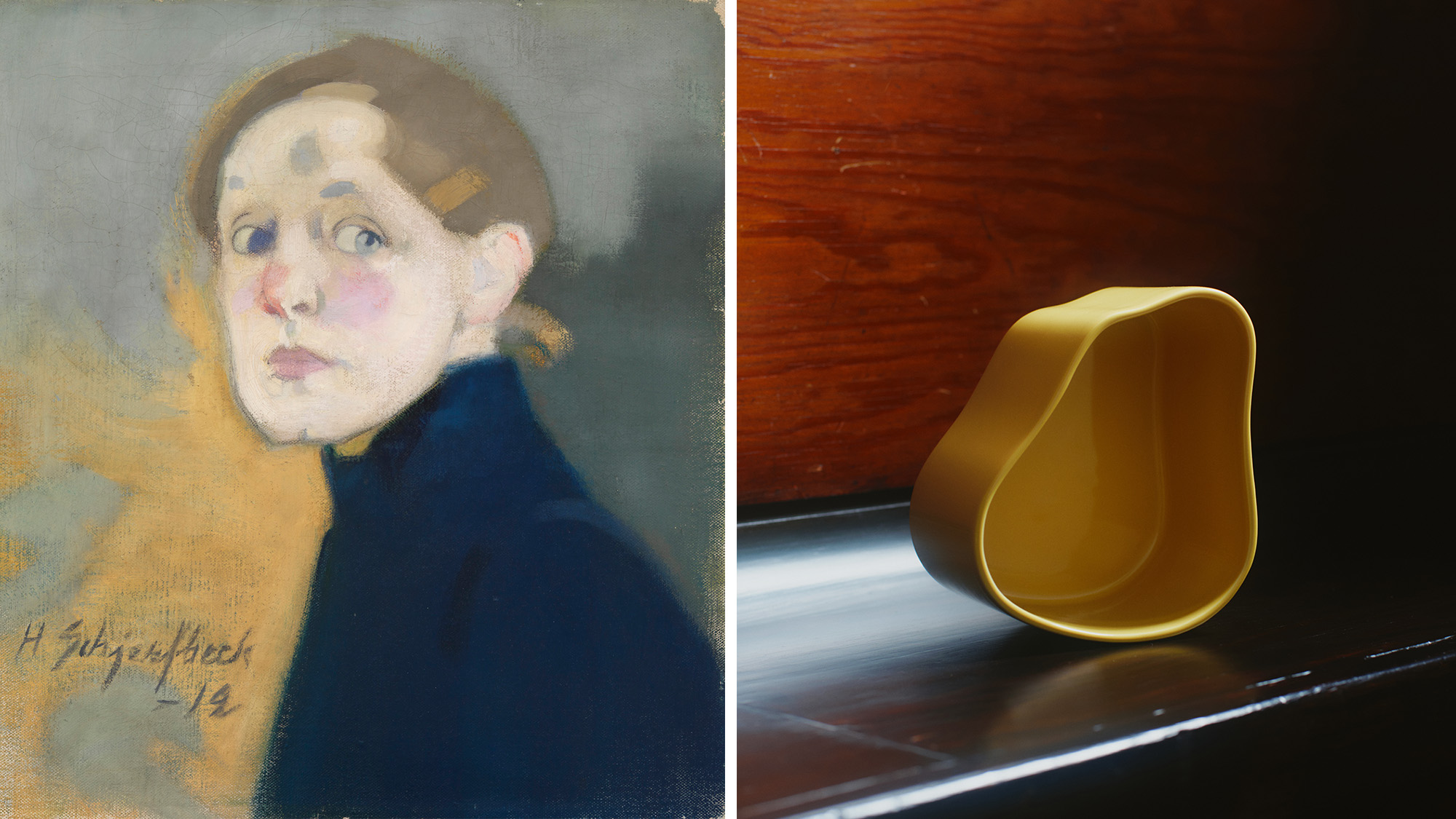 Finnish Design Shop has unveiled an interiors collection inspired by the modernist art of Helene Schjerfbeck
Finnish Design Shop has unveiled an interiors collection inspired by the modernist art of Helene SchjerfbeckThe collection’s serene colour palettes and refined finishes draw directly from Schjerfbeck’s paintings, translating her Nordic modernist sensitivity into contemporary objects
-
 Lose track of time at a retro-futuristic listening bar in Melbourne
Lose track of time at a retro-futuristic listening bar in MelbourneLB’s Record Bar is a cinematic sanctuary designed for lingering and listening
-
 A revived public space in Aberdeen is named Scotland’s building of the year
A revived public space in Aberdeen is named Scotland’s building of the yearAberdeen's Union Terrace Gardens by Stallan-Brand Architecture + Design and LDA Design wins the 2025 Andrew Doolan Best Building in Scotland Award
-
 A forgotten history of Italian artists affected by the HIV-AIDS crisis goes on show in Tuscany
A forgotten history of Italian artists affected by the HIV-AIDS crisis goes on show in Tuscany‘Vivono: Art and Feelings, HIV-AIDS in Italy. 1982-1996’, at Centro per l'Arte Contemporanea Luigi Pecci in Prato delves into the conversation around the crisis
-
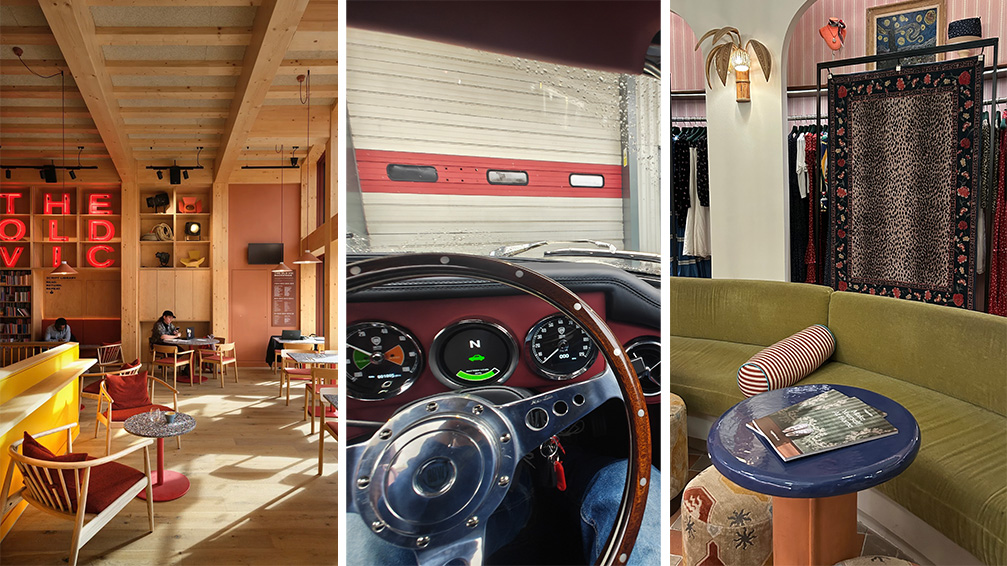 Out of office: The Wallpaper* editors’ picks of the week
Out of office: The Wallpaper* editors’ picks of the weekThe rain is falling, the nights are closing in, and it’s still a bit too early to get excited for Christmas, but this week, the Wallpaper* team brought warmth to the gloom with cosy interiors, good books, and a Hebridean dram
-
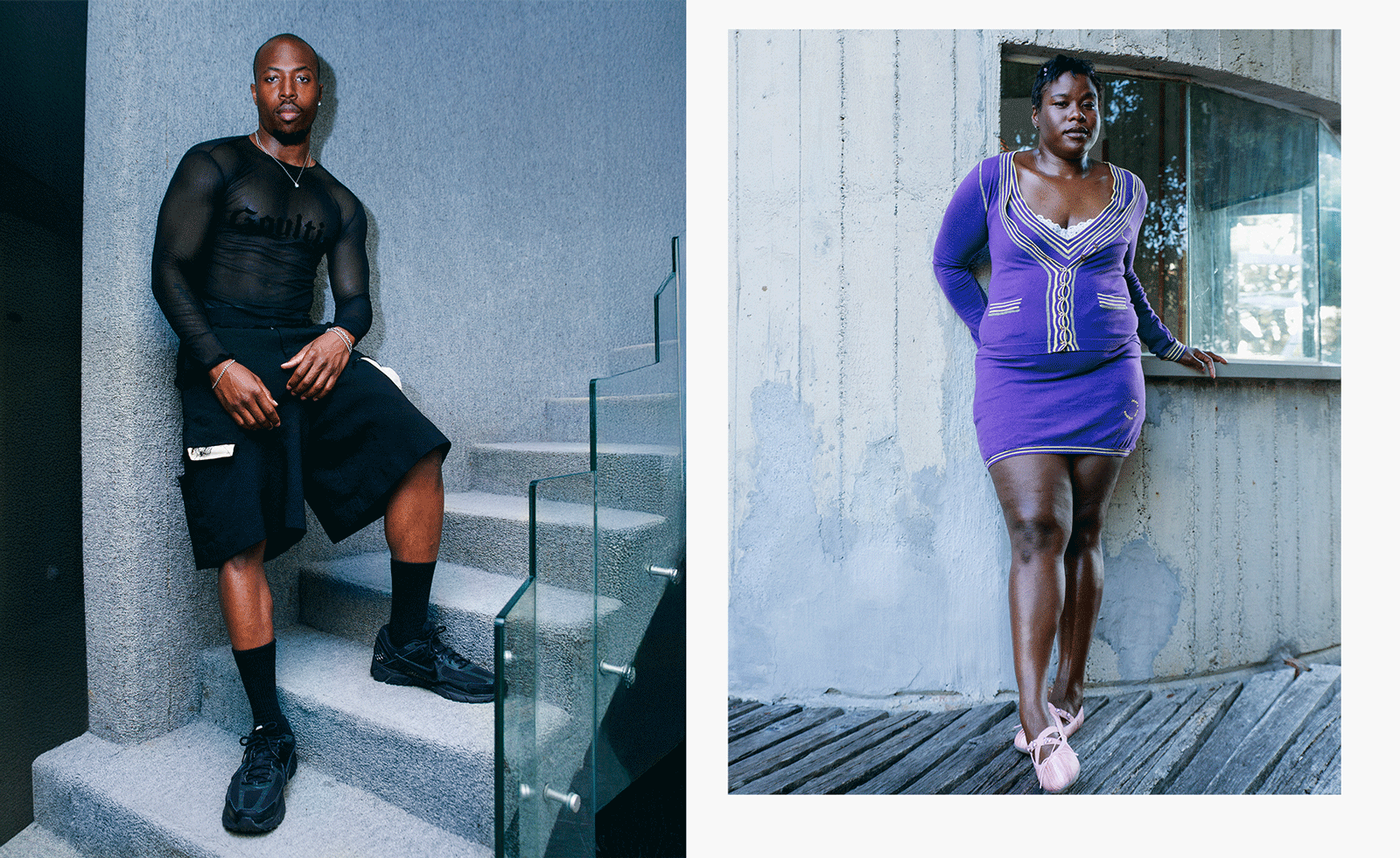 Creativity and rest reign at this Tuscan residence for Black queer artists
Creativity and rest reign at this Tuscan residence for Black queer artistsMQBMBQ residency founder Jordan Anderson sparks creativity at his annual Tuscan artist residency. Wallpaper* meets him to hear about this year's focus.
-
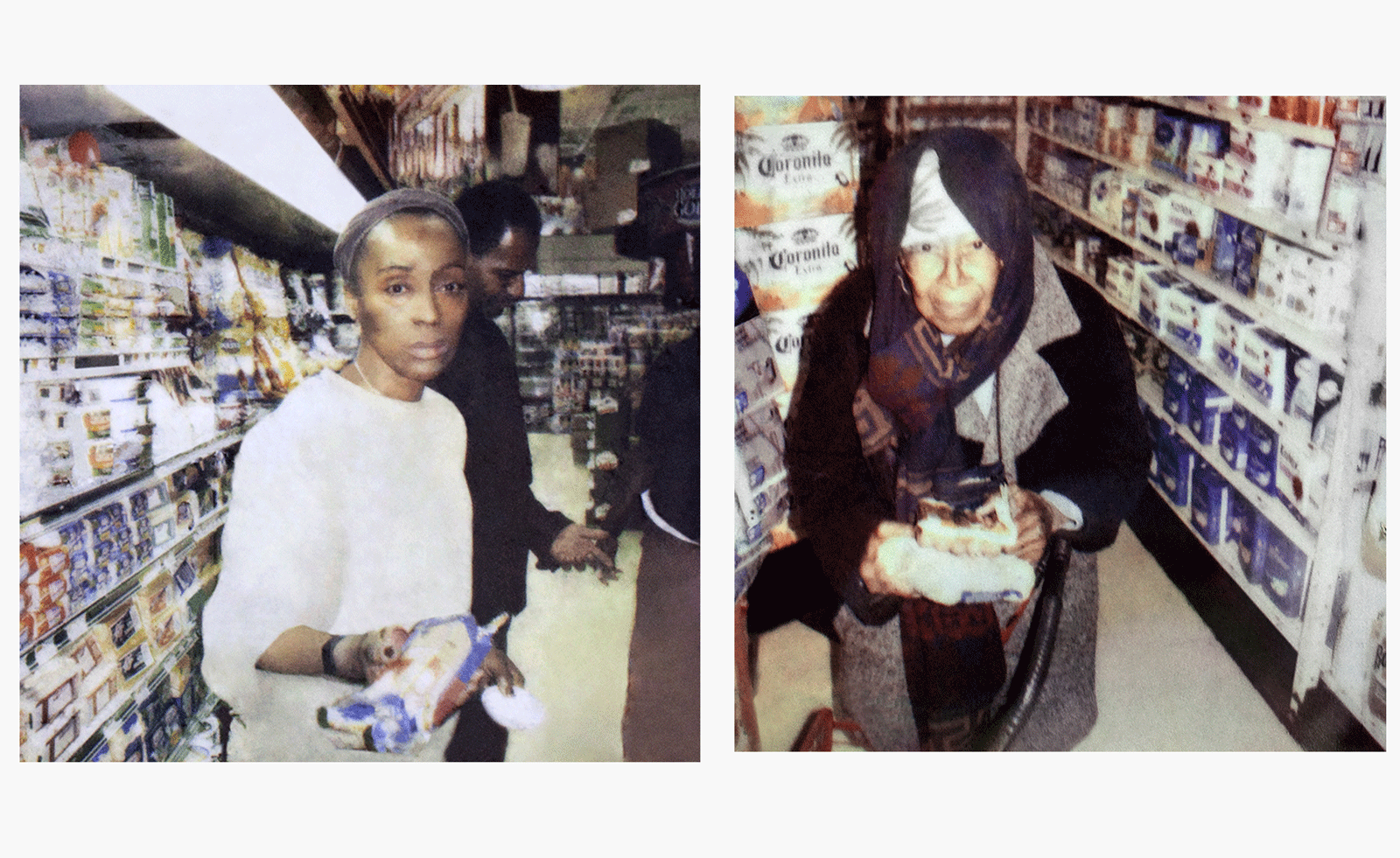 Photographer Mohamed Bourouissa reflects on society, community and the marginalised at MAST
Photographer Mohamed Bourouissa reflects on society, community and the marginalised at MASTMohamed Bourouissa unites his work from the last two decades at Bologna’s Fondazione MAST
-
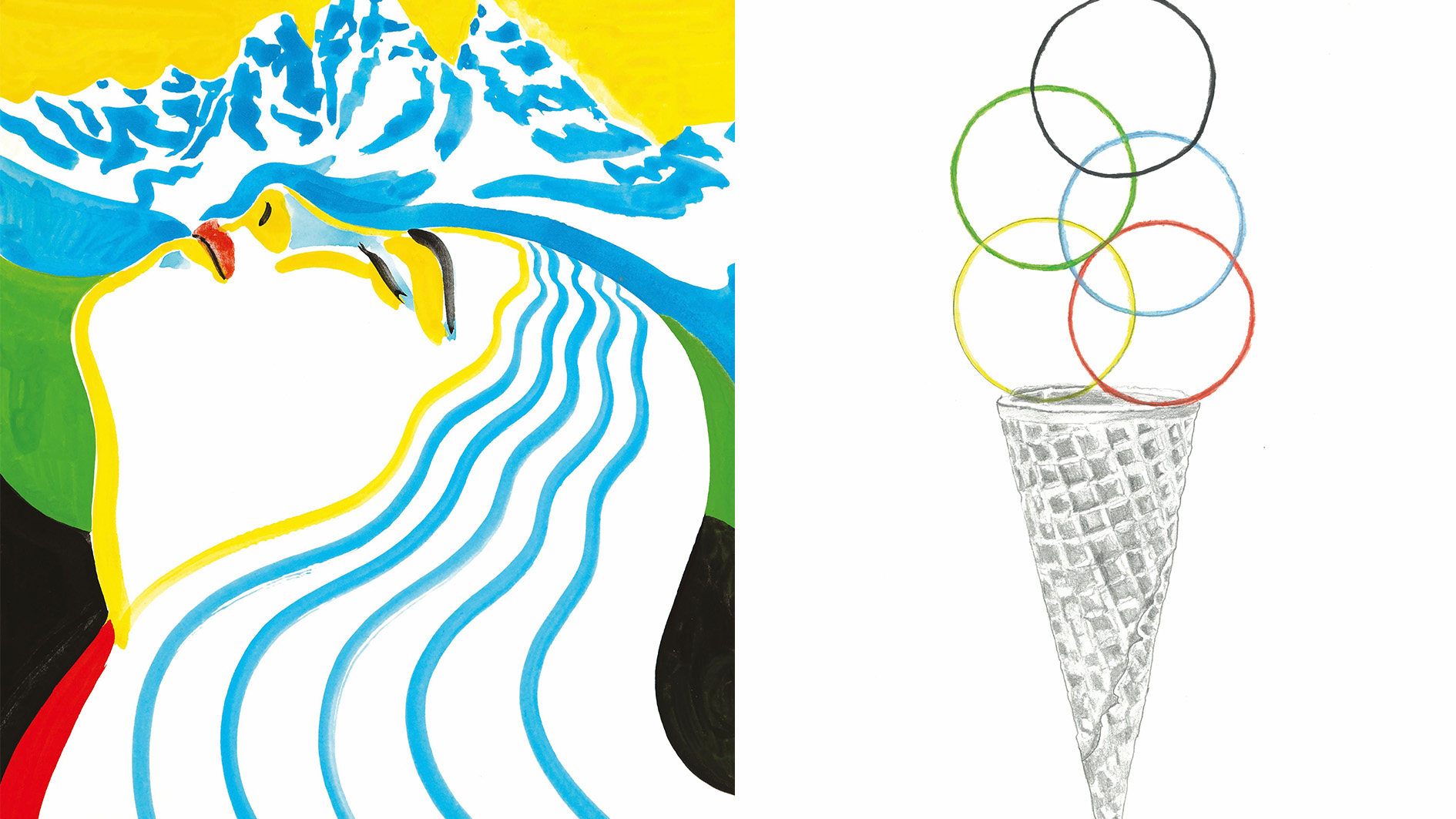 Ten super-cool posters for the Winter Olympics and Paralympics have just been unveiled
Ten super-cool posters for the Winter Olympics and Paralympics have just been unveiledThe Olympic committees asked ten young artists for their creative take on the 2026 Milano Cortina Games
-
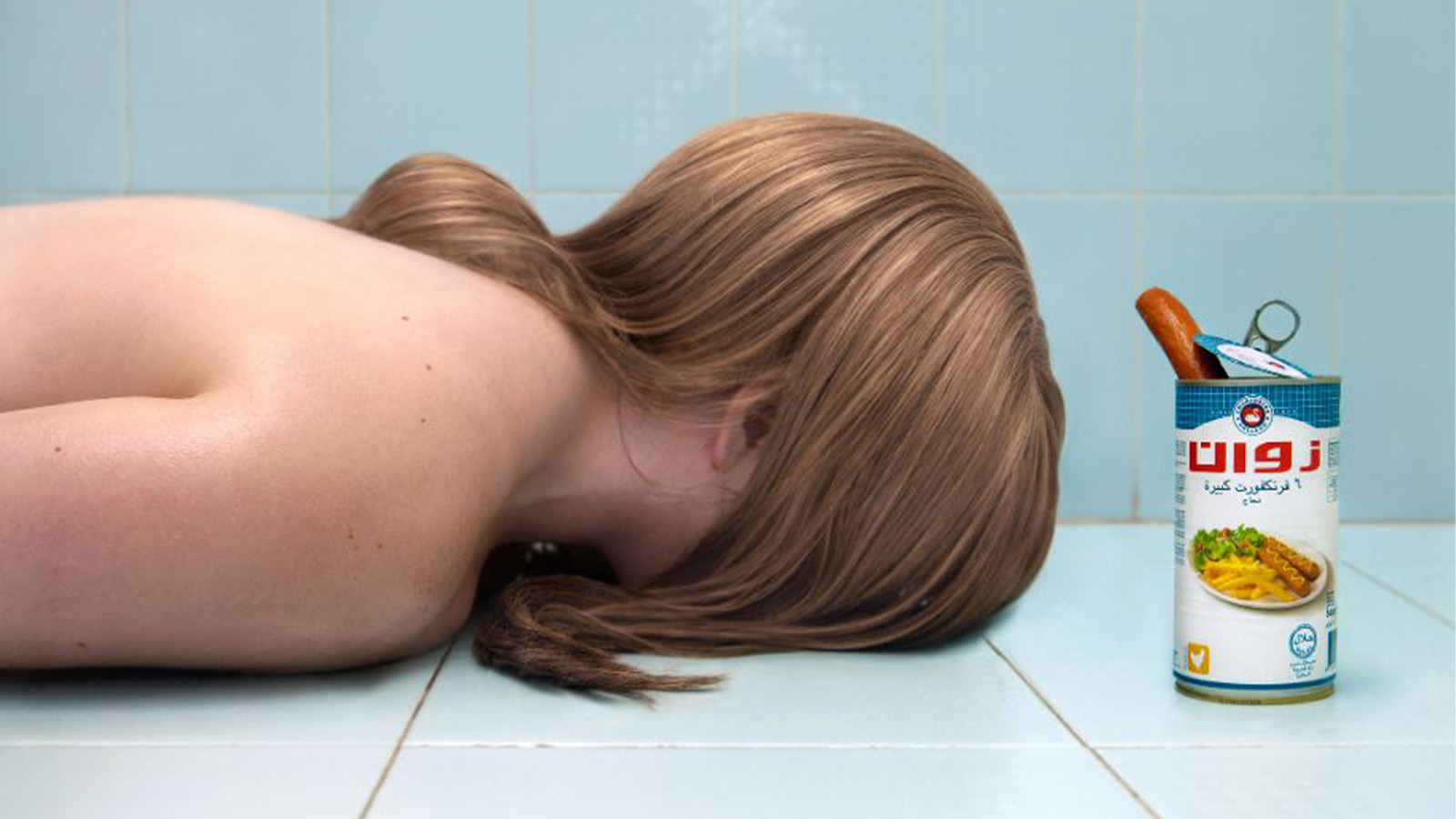 This fun and free-spirited photography exhibition offers a chromatic view on the world
This fun and free-spirited photography exhibition offers a chromatic view on the world‘Chromotherapia’ at Villa Medici in Rome, explores how we view colour as a way of therapy, and how it has shaped photography over the last century (until 9 June 2025)
-
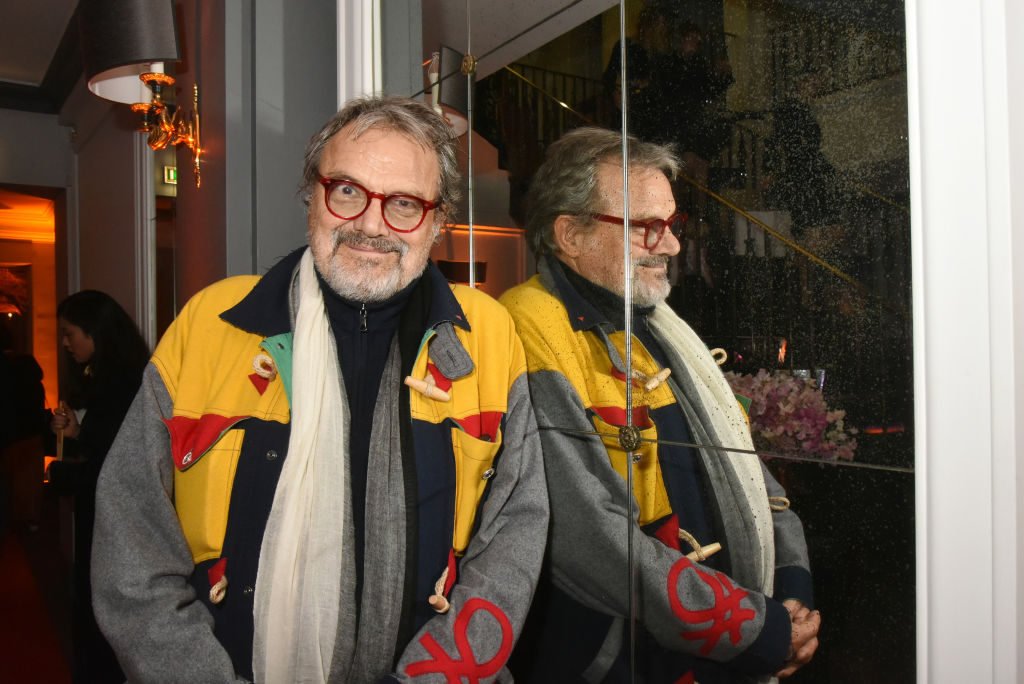 Remembering Oliviero Toscani, fashion photographer and author of provocative Benetton campaigns
Remembering Oliviero Toscani, fashion photographer and author of provocative Benetton campaignsBest known for the controversial adverts he shot for the Italian fashion brand, former art director Oliviero Toscani has died, aged 82
-
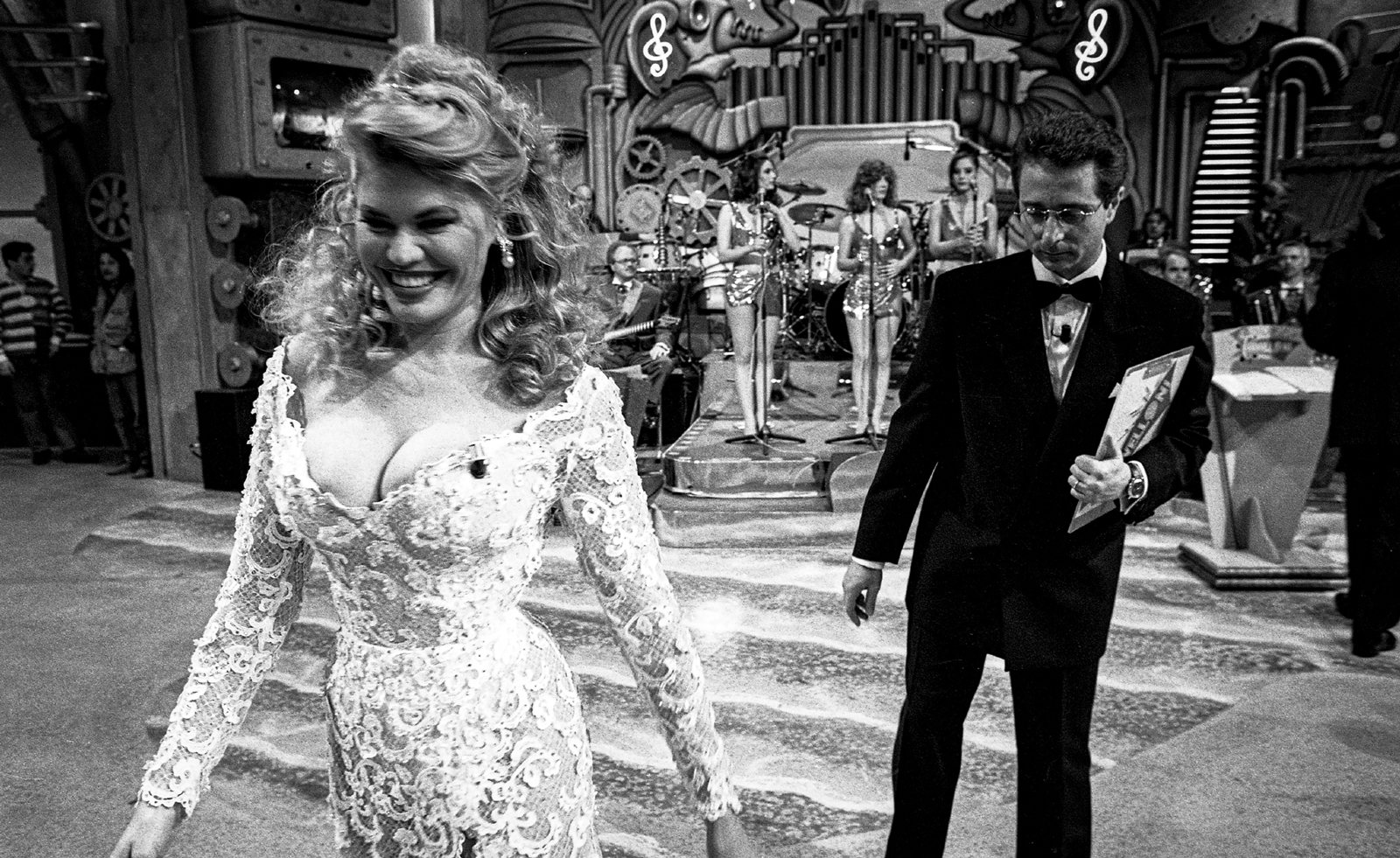 Distracting decadence: how Silvio Berlusconi’s legacy shaped Italian TV
Distracting decadence: how Silvio Berlusconi’s legacy shaped Italian TVStefano De Luigi's monograph Televisiva examines how Berlusconi’s empire reshaped Italian TV, and subsequently infiltrated the premiership